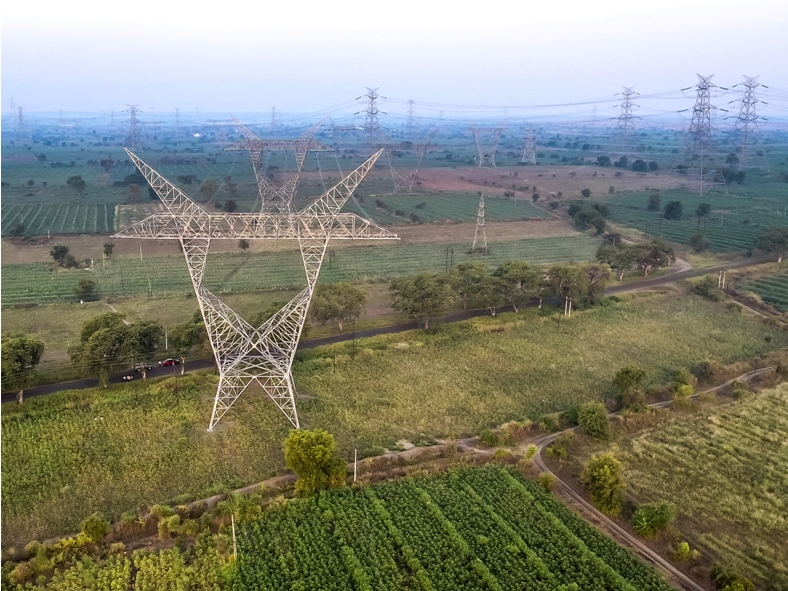India has added over 87,000 ckm of transmission lines to the grid since FY19, it was informed in Parliament recently.
In a very recent written reply in the Rajya Sabha, R.K. Singh, Union minister for power and new & renewable energy, said that India has seen the addition of 87,397 ckm of transmission lines during the period between FY19 and FY24 (up to October 31, 2023). The period covers a little over five and a half fiscal year, starting from April 1, 2019 to October 31, 2023. The transmission lines discussed here are of 220kV or above.
The actual addition of 87,397 ckm of transmission lines, however, fell short of the targeted 1,07,315 ckm by 18.6 per cent.
The capacity of the National Grid is being expanded on a continuous basis commensurate with the increasing electricity demand and increase in generation capacity, the reply said, adding that on average about 16,000 ckm of transmission lines and 75,000 MVA of transformation (substation) capacity is added to the National Grid each year. Once again, this infrastructure pertains to voltage rating 220kV or above.
In recent years, the highest addition of transmission lines, at 22,437 ckm, was seen in FY19 (April 2018 to March 2019). In FY20, under the negative influence of the pandemic, transmission line addition was at a low of 11,664 ckm.
The minister’s reply added that as of October 31, 2023, India’s total renewable energy generation capacity stood at about 179 GW. This was dominated by solar (72 GW), hydropower (52 GW) and wind (44 GW).
The National Grid is fully capable of accommodating the generation from existing renewable energy capacity, the reply added.
As already reported by T&D India, during FY24 (full year: April to March), the target for transmission line addition is 16,602 ckm. The actual addition during the first seven months of FY24 stood at 7,026 ckm against the corresponding target of 11,420 ckm.
Featured photograph (source: Transrail Lighting) is for representation only.



